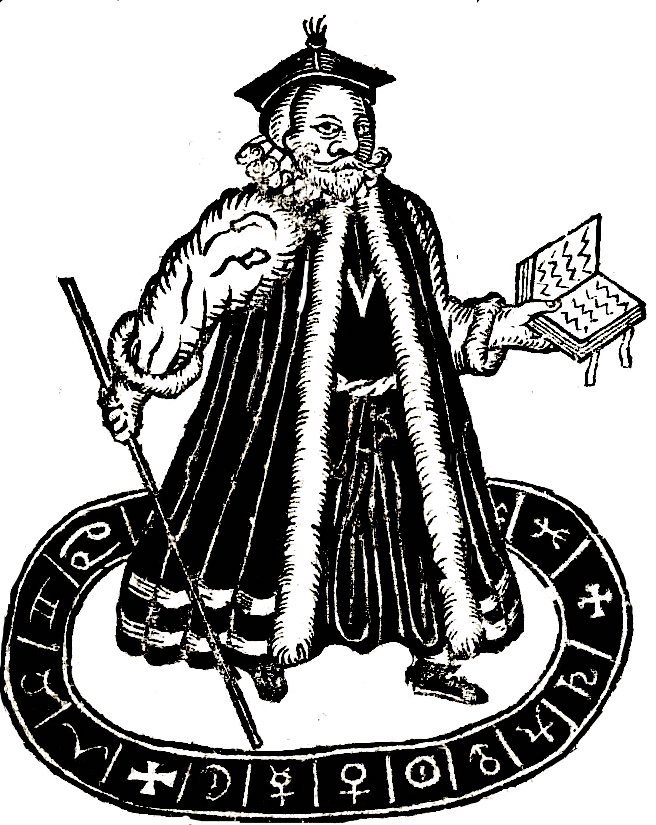Learn more
Discover more about The Rose and our story.
Here you can find information about The Rose’s archaeology, virtual models of what the playhouse originally may have looked like, as well as videos, online books, links to archives documenting our history, and more…
Henslowe, Alleyn, & The Rose
Who were Philip Henslowe and Edward Alleyn, and how do we know about them? How did The Rose fit into the theatre world of its time? What was performed there? Did Shakespeare’s company work with Henslowe?
These and other questions are answered in this 25 minute interview with Professor Grace Ioppolo of the University of Reading, and Founder and Director of the Henslowe-Alleyn Digitisation Project (see below), filmed in 2012 by Illuminations for the Shakespearean London Theatres project (ShaLT).
The Ortelia Model
Download a free interactive, virtual Rose model created by Professor Joanne Tompkins and Ortelia as a companion to a new book, Visualising Lost Theatres (CUP), or watch a fly-through of their model below.
The De Montfort Model
What did the original Rose and its surroundings look like?
Reconstructing the Rose, by Dr Roger Clegg, is a free electronic book that uses three dimensional computer modelling to create interactive virtual models of Philip Henslowe’s playhouse.
Alongside detailed examinations of its construction, it offers 360° views of what the building was like from both the outside and inside – whether positioned in the yard, sitting in the galleries, or standing on the stage itself.
You can also watch two fly-through videos of what The Rose may have looked like in both its first and second phases.
Funded by De Montfort University and the Higher Education Innovation Fund (HEIF), with computer models built by Eric Tatham of Mixed Reality Ltd.
Henslowe-Alleyn Digitisation Project
A free electronic archive and website cataloguing and transcribing the Archive of Dulwich College, made up of thousands of pages of manuscripts left to the College by its founder, Edward Alleyn.
These include his personal and professional papers and those he inherited from his father-in-law Philip Henslowe – the largest and most important single extant archive of material on the professional theatre in early modern England.
As well as Henslowe’s famous Diary (or account book), the archive contains Alleyn’s cue-script for the title role in Orlando Furioso, the ‘plot’ of The Second Part of The Seven Deadly Sins detailing the actors’ entrances and exits, and the contract for building the Fortune playhouse.
Alongside these are a wealth of business and legal documents, contracts, bonds, leases, warrants, petitions, deeds of sale for costumes and play-books, personal letters and poems, including letters to or from playwrights like Thomas Dekker, Nathan Field, Samuel Rowley, and Philip Massinger.
Records of Early English Drama (REED project)
Search the surviving records of The Rose Playhouse, edited by Sally-Beth MacLean, on the online site of the international Records of Early English Drama (REED) project.
View a timeline of the records, learn about the history of both the Little Rose site and the playhouse that was built upon it, discover more about Philip Henslowe’s career as a theatrical entrepreneur and man of property, or view a complete list of all the plays known to have been performed at The Rose, their authors, and the playing companies who performed them.

